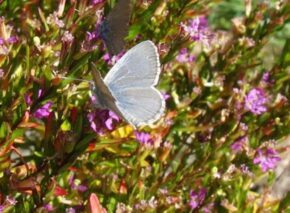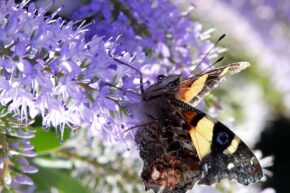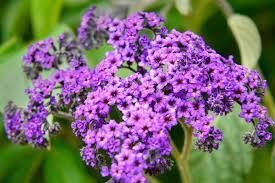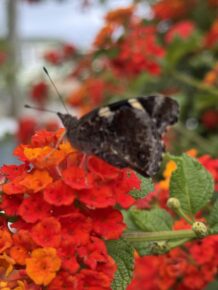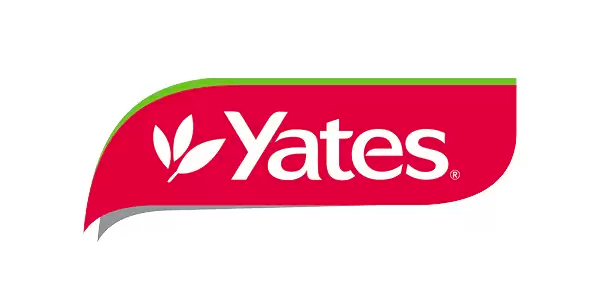Here are the cuttings (and prices) which we can provide on a seasonal basis. Please sign up for our free e-news to be advised of dates available (see link at the bottom of this page).
PLEASE NOTE THAT THESE ARE UNROOTED CUTTINGS! They are cut and sent on the day, will travel quite safely but for optimum results be prepared to handle them as soon as they arrive.
PROCESS:
- Watch out for a notification in our e-news. These cuttings are seasonal and NOT available at other times of the year.
- Cuttings are $12 for one. Add $5 for each additional cutting (any species) required. Then add $14.80 for P&P. Add an extra $5.70 if it’s going to a rural delivery address. Order items by paying into our bank account, Moths And Butterflies Of NZ Trust 38-9009-0654693-00. Then please email with your name, address (for mail), phone number (mobile preferred) and quantities and selection.
- Orders close on Friday, 19 September and cuttings will be sent out on Monday, 22 September (OR the date advised in the e-news). You will be sent details by email - it's your responsibility to track the items.
- Please be prepared to open and put them into the medium immediately upon receipt. Here is a useful Youtube video to watch, from 4.18 minutes on. (The video is about Australian native plants but other plants/methods are discussed.)
- Cuttings could include the following plants, unless otherwise noted.
Cuphea hyssopifolia
Small trumpet-shaped pink/purple flowers appear throughout the year. Our blue butterflies love it for nectar.
Dahlia tenuicaulis – Single tree dahlia
D. tenuicaulis grows to about 2 metres tall with dramatic bamboo-like canes topped with these pink/purple blooms. It seems to bloom all year round. Originally from southern Mexico it is rarely seen for sale. Very bushy but easy to prune back. Flowers are 80-100 mm wide.
Hebes - now Veronica spp.
If you're wanting native nectar sources then Hebes are a plant you should start out with!
Heliotrope - Cherry-pie
This delightful member of the borage family has fragrant purple flowers, smelling like vanilla essence. Loved by butterflies, low-growing.
Lantana – sterile species (will not set seed)
Colourful orange and gold flowers rich with nectar and loved by all pollinators.
Montanoa grandiflora – Mexican Tree Daisy
Mexican tree daisy grows like crazy over the spring and summer and then flowers, brightening up the bleakest winter’s day. Bees, butterflies and moths love the flowers. Foliage has a delicious scent – some say chocolate chip cookies!
Tagetes lemmonii – Mexican marigold bush
This is a bushy evergreen shrub which will grow 1-2 metres tall/wide, although you can keep it more compact with pruning. Foliage has a strong fragrance of marigold/lemon/mint. Orange yellow flowers can bloom all year. Plant in full sun or part shade, well-drained soil. Drought tolerant in coastal gardens. Frost tender to a hard frost but rebounds quickly. Overall, hardy. Comes from southern Arizona and northern Mexico. Named after plant collectors John and Sara Lemmon, hence the name.
Telanthophora grandifolia – giant groundsel
Got a big space? This plant can grow up to 3-4 metres tall. It has fragrant yellow flower clusters, looking a bit like a Senecio species. Flower clusters are bigger than dinner plates and so are the paddle-shaped, scalloped, deep green leaves – about 300-400 metres long! Comes from the cloud forests of Mexico. Seems to flower twice a year here in Auckland. Plant in soil rich in humus, fast-draining. Frost tender.
Tithonia diversifolia – Mexican tree marigold or Mexican sunflower
T. diversifolia is a fast-growing plant, great for midwinter nectar, used as a garden ornamental, a green manure in agro-forestry systems, hedging and as a fodder crop for livestock such as goats and cattle. Flowers early winter.

